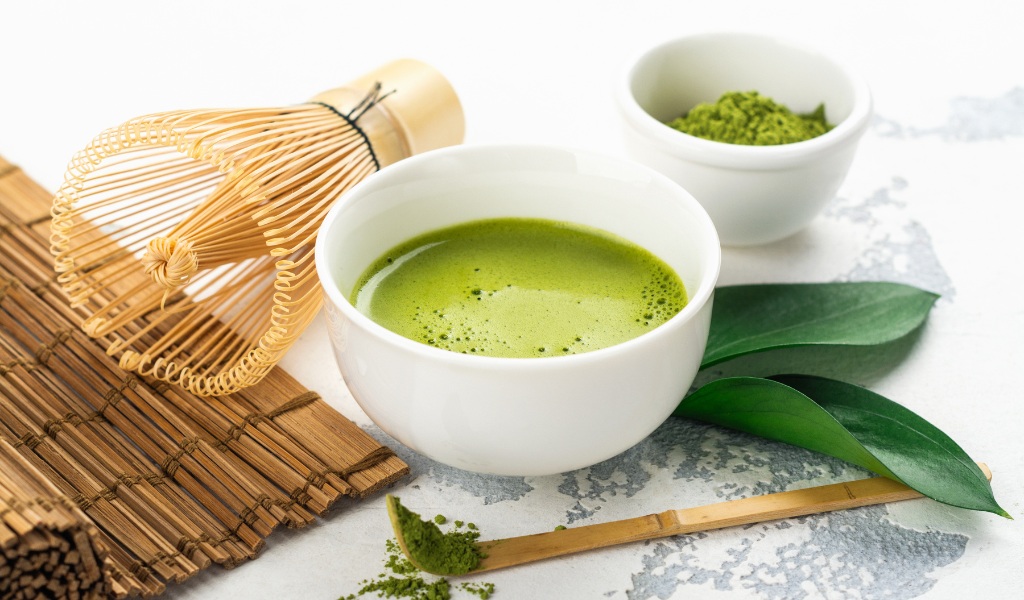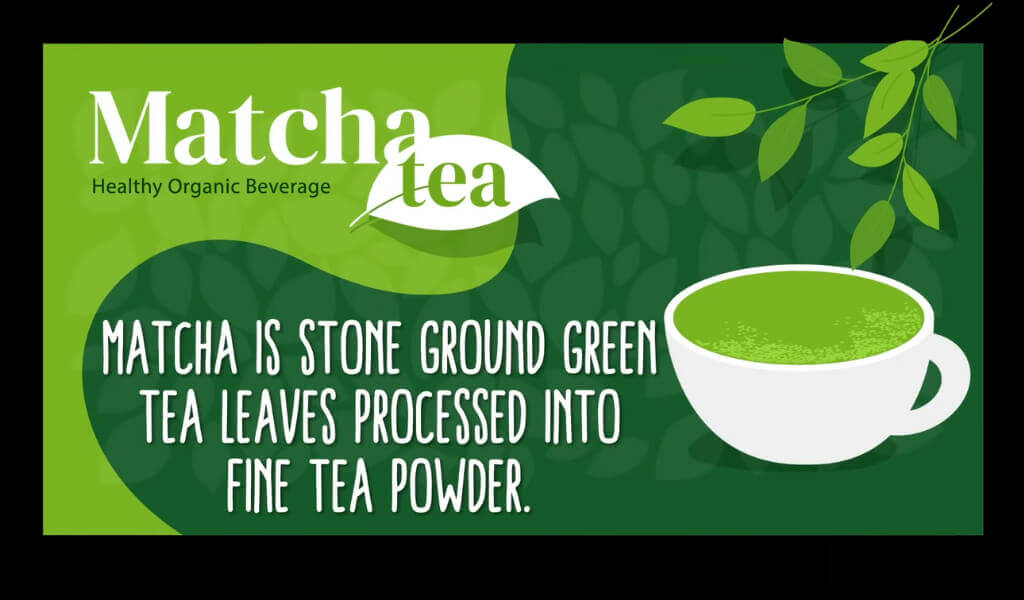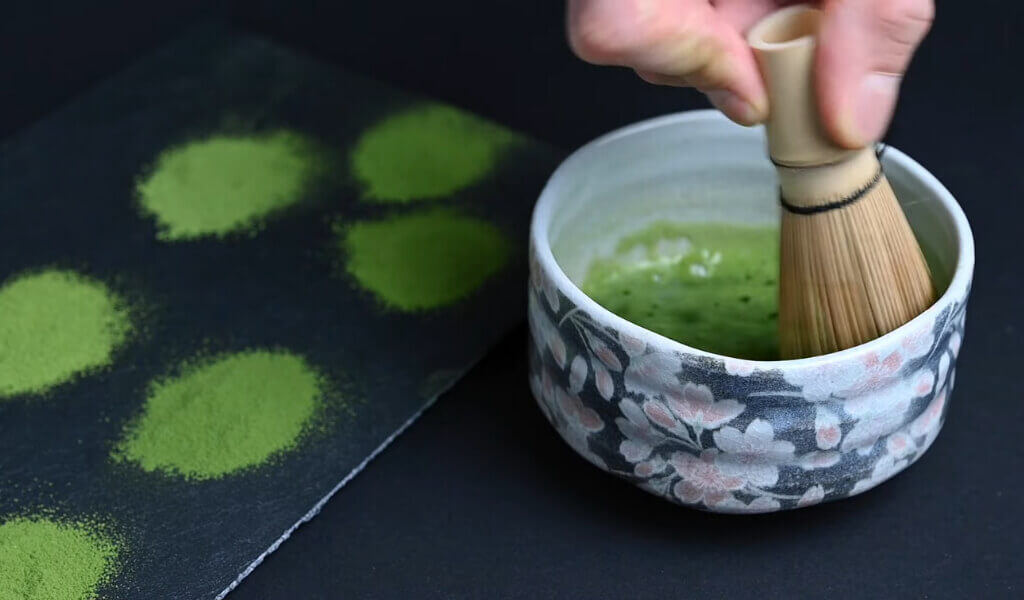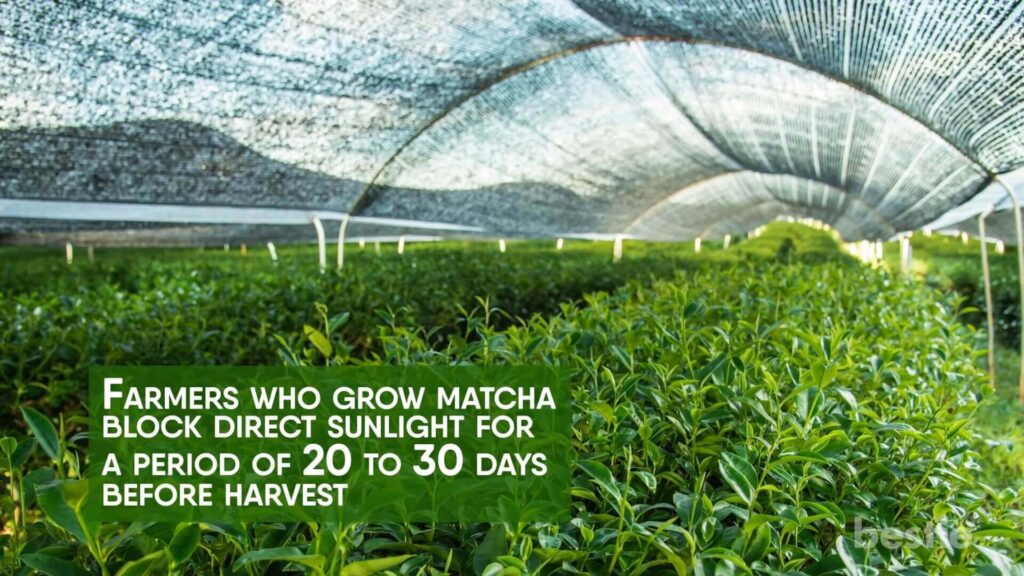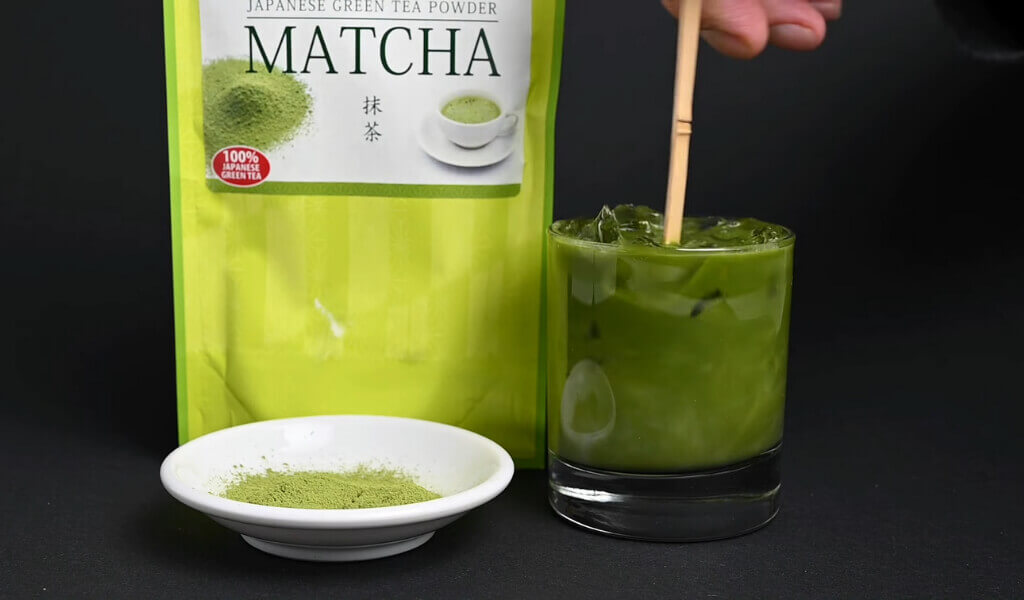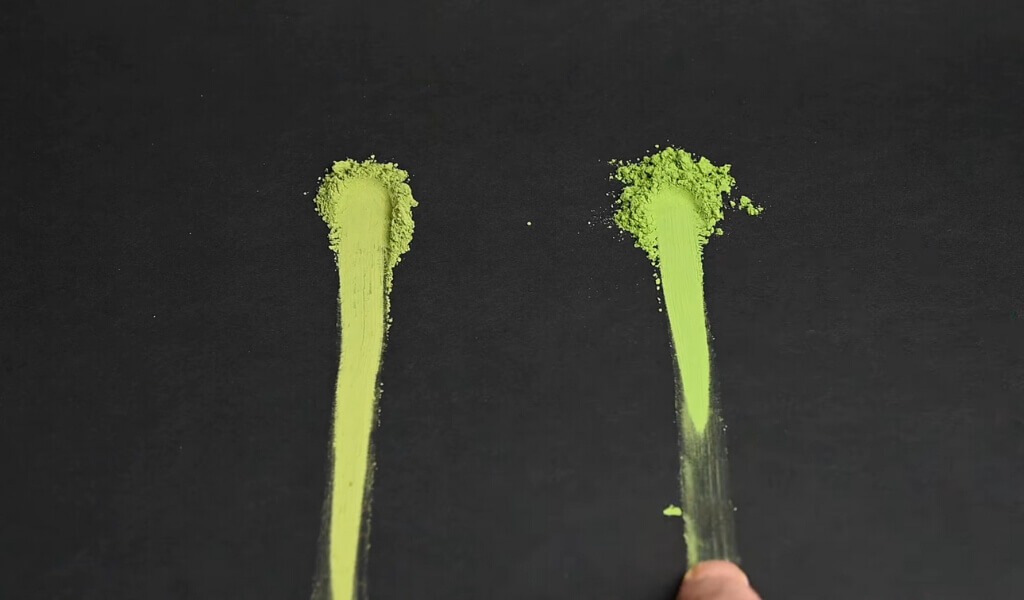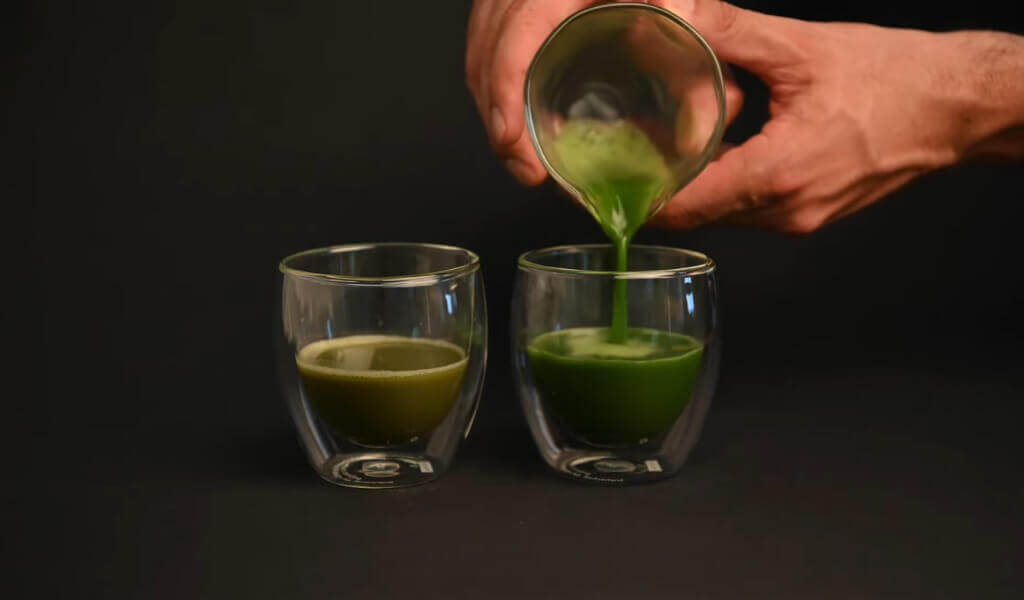Hi there, you’re probably here because you’ve wondered, “what is Matcha tea?” Well, you’ve come to the right place.
I’ve spent the last decade immersing myself in the captivating world of Matcha tea. From its rich history and unique production process to its impressive health benefits and the sublime taste experience it offers.
It’s more than just a green tea – it’s a lifestyle.
Trust me, by this end, you’ll be as captivated by matcha as I am!
Quotes of tea with You
“A man who wishes to make his way in life could do no better than go through the world with a boiling tea-kettle in his hand.”
― Sydney Smith, A memoir of the Rev. Sydney Smith
What is Matcha tea?
Matcha is a type of green tea made by taking young tea leaves and grinding them into powder. This matcha definition isn’t the typical green tea you steep and discard – the entire tea leaf is consumed, which means you get all its nutrients, caffeine, and delightful flavor.
What about the origin of matcha?
Matcha Origins: Where Does It Come From?
I’ve always been fascinated by the history of this vibrant green tea. In the early 12th century, a young Japanese Zen priest, Eisai, traveled to China to study in Buddhist monasteries.
He brought tea plant seeds and bushes back to Japan, inspired by the “beaten tea” practice he had encountered in China. Eisai then introduced this meditative tea ritual to his fellow Japanese Buddhist monks.
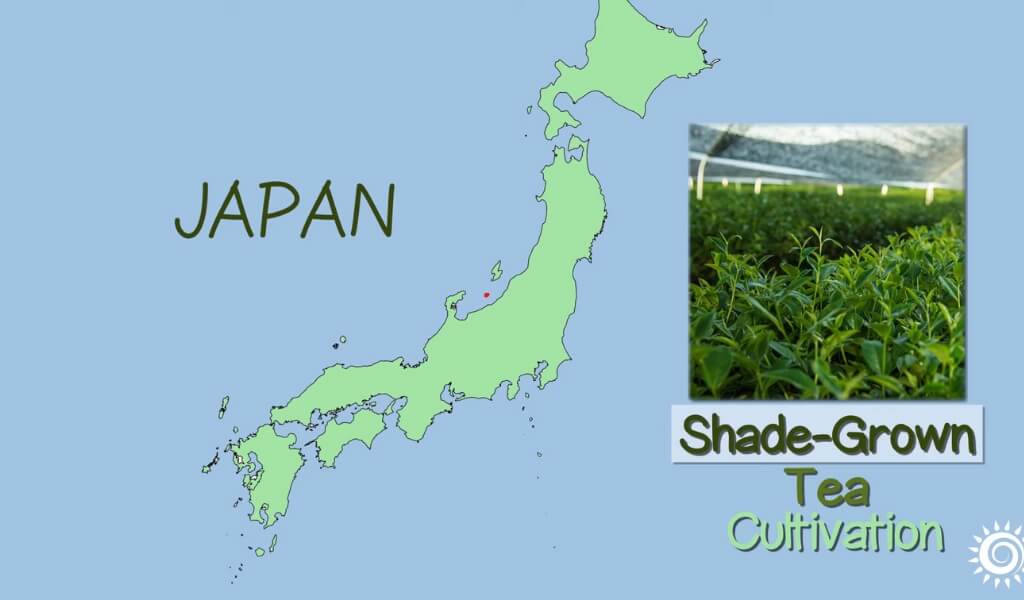
Eisai’s influence didn’t stop there. His teachings about tea drinking spread throughout Japan, eventually reaching the Samurai class. The Samurai were more than just formidable warriors; they were also highly cultured individuals who were high-ranking members of Japanese society.
I’ve always been intrigued by how the Samurai incorporated its principles of discipline, ritual, and purification into their identity.
The Samurai took Eisai’s ceremonial tea drinking and turned it into an art form and cultural tradition. They added hundreds of detailed steps to the practice, from specific hand movements to the proper design of the tea room.
Instructions were also given on how to sit, prepare the tea, and even sip it. I’ve tried to follow these intricate steps myself; it requires immense focus, concentration, and patience. It’s said that this tea ceremony was an integral part of samurai training, helping them prepare for battle.
Today, the Japanese tea ceremony, known as The Way of Tea, is a revered practice in Japan. It’s centered around preparing and presenting matcha in an almost meditative fashion.
As someone who has participated in this ceremony, I can attest to the spiritual nature of the practice. The principles of harmony, respect, purity, and tranquility, integral to Eisai’s original vision, are still central to today’s tea ceremony.
I bet you will be interested in how to grow Matcha…
What is matcha made of?
Matcha is unique among teas because its green Camellia sinensis leaves are grown in the shade for 3-4 weeks before harvesting. This process slows their growth and boosts chlorophyll levels, resulting in a richer, deeper green hue. It also enhances the concentration of nutrients compared to tea plants grown in full sunlight.
I had the unique opportunity to spend five days on a tea farm during this crucial period, and the experience was genuinely illuminating. During my stay on the farm, I learned that the tea plants destined to become tencha are shaded for about 3 to 5 weeks before harvest.
This shading process boosts the chlorophyll content in the leaves, enhancing the levels of L-theanine and other stimulating amino acids. It’s these elements that give matcha its vibrant green color, lush umami sweetness, and an energy boost that’s truly unparalleled.
Farmers employ various methods to provide shade for matcha plants. Some use the traditional tana approach with frames and thatch, while others favor modern options like black mesh or reflective covers supported by parabolic hoops. I also observed a technique where materials were tightly wrapped around the bushes, called “abuse.” Each method has its own pros and cons.
What I found fascinating is that the goal of all these shading methods is to block about 70-85% of the sun’s energy from reaching the tea bushes.
The farmers typically start with a few weeks of shading at around 70%, then gradually increase the shading as harvest time approaches. The dedication and precision involved in this process are simply astounding.
The harvesting process itself also holds its charm.
While most grades of tencha are harvested by machine, the highest quality grades, those with the most tender leaves and sweetest flavors, are harvested by hand. I discovered that the quality of matcha relies heavily on the type of tea bush, the shading technique employed, the picking standards adhered to, and the milling practices used.
Some grades of tencha are ideal for the traditional ceremonial preparation of matcha, while others are better suited for modern culinary applications.
In today’s world, matcha has become a favorite among foodies, coffee lovers, and those who lead active lives. Think of matcha as tea’s equivalent to espresso. You can create a potent “double shot” of matcha by brewing a bowl of thin tea and transferring it to a small glass. This concentrated shot forms the foundation for refreshing iced matcha, green tea lattes, and various café concoctions.
The vibrant green color of matcha makes it a dream ingredient for baristas everywhere. After my time on the farm, I have a newfound appreciation for the effort and care that goes into every cup of this excellent tea.
Read More:
What is in Matcha tea?
What sets matcha apart is the unique way in which these leaves are cultivated and processed.
| Aspect | Summary |
| Shade Grown |
Matcha leaves cultivated in shade, affecting chlorophyll, caffeine, antioxidants, flavor.
|
| Seasonal Harvest |
Only new spring buds and three leaves used, narrow production window, premium quality.
|
| Steaming |
Leaves steamed after plucking to stop oxidation, enhance color, create sweet, vegetal flavor.
|
| Stone Ground |
Tencha leaves ground in stone mills to make smooth green matcha powder.
|
| Consumption Approach |
Matcha whisked into hot water, entire ground tea leaf consumed, immersive tea experience.
|
Shade grown
All matcha is made from tea leaves grown in the shade, a meticulous process that involves careful control over how much sunlight the tea bushes are exposed to.
While learning about tea production, I found out that shading increases the chlorophyll production in the plant, turning the leaves a rich green color.
The reduced sunlight affects the plant’s photosynthesis, which changes the levels of caffeine, flavanols, sugars, antioxidants, and theanine in the leaves. By manipulating sun exposure, tea producers can significantly influence the chemical composition and flavor of the final tea leaves.
Seasonal
Only the newest spring buds and three leaves of the shade-grown tea plants are hand-plucked for matcha. This makes the window for production relatively narrow, which is one of the reasons why matcha is considered a premium tea.
Steamed
Like most Japanese teas, the leaves destined for matcha are first steamed. This happens within hours of plucking and serves a dual purpose: it halts the oxidation process and enhances the rich green color of the shade-grown tea leaves. This steaming process gives matcha its unique flavor profile, often described as sweet and vegetal.
Stone ground
Instead of being rolled, shaped, and dried like traditional matcha green tea leaves, the leaves for matcha are laid flat to dry.
They then become tencha, the base from which matcha is made. These tencha leaves are stripped of their stems and veins. What remains is ground in slow-turning stone mills into a smooth green Matcha tea powder.
Consumption vs. extraction
One of the most exciting differences between matcha and traditional tea lies in how they’re consumed. Traditional tea leaves are steeped in hot water, and the flavor and chemical properties are extracted into our brewed tea.
Matcha, on the other hand, is whisked into hot water, and the ground tea leaf material, suspended in the water, is consumed with each sip. This makes every cup of matcha a truly immersive tea experience.
Read More:
- What is Genmaicha Tea? Origins, health benefits and more
How I Divide Into Types Of Matcha?
In my journey exploring the world of tea, I’ve learned that matcha, comes from different regions across Japan.
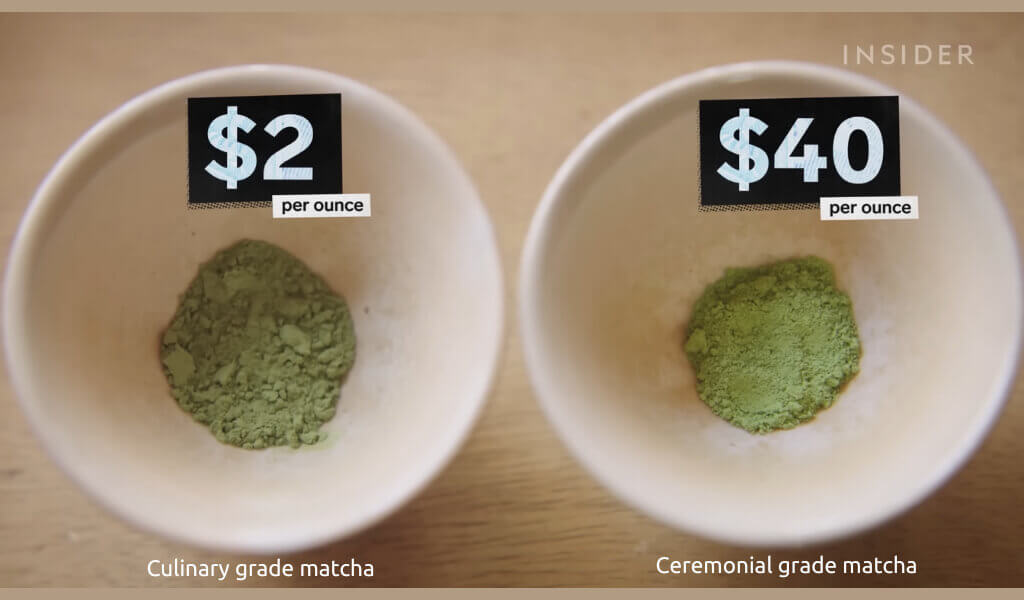
Thanks to their unique climate and tea-making traditions, each region imparts unique flavor profiles and hues to the finely ground green tea leaves.
Ceremonial grade
I start with the ceremonial grade matcha. This is the top tier of matcha, the absolute best you can find. It’s produced from the most tender, meticulously cared-for buds and leaves. The processing of this grade of matcha is highly detailed to preserve its fresh, delicate taste and the fine texture of the ground tea.
Ceremonial grade matcha is meant to be enjoyed pure, without any added sweeteners or flavorings, allowing you to appreciate its authentic flavor truly.
Culinary grade
This variant has a more robust, astringent flavor that can stand up to other ingredients it’s paired with. It might include ground leaves with some stems and veins, and its color might not be as intensely green as the ceremonial grade.
Culinary-grade matcha is a versatile option that combines matcha powder from various sources. Don’t limit its use to cooking alone; you can mix it into tea, craft lattes, or incorporate it into cocktails. It’s a cost-effective choice for everyday use, making it a budget-friendly alternative to ceremonial-grade matcha.
Read More:
- What is Hojicha tea? Health benefits, taste like and Caffeine
How I Taste Matcha
How matcha is prepared gives it a unique richness different from traditionally brewed teas. You see, matcha is whisked into hot water, which creates a different experience altogether.
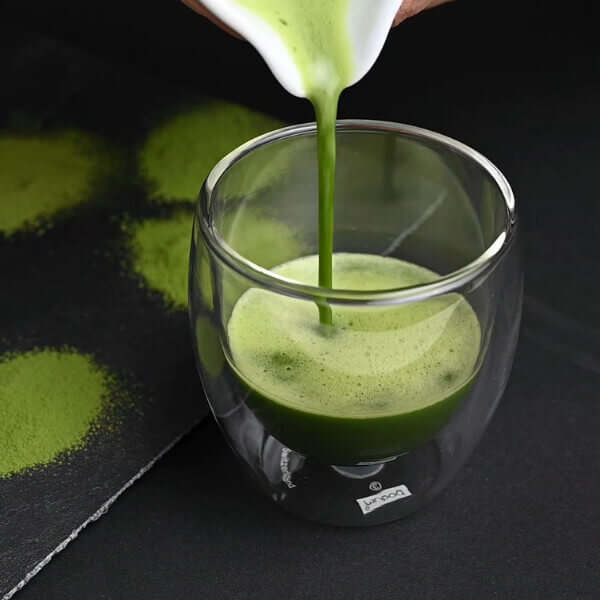
When I sip matcha, I sense a medley of flavors and textures: it’s vegetal like fresh leaves, sweet akin to natural sugar, rich and creamy as a latte, with hints of wheatgrass earthiness, a subtle astringency for a pleasant bite, a full-bodied satisfaction, and a frothy top from the whisking process. It’s a unique and delightful tea experience like no other.
Read More:
- What is Bancha Tea? Ultimate Benefits Types & Brewing Tips
- What is Green Tea? Uses, Processing, Sipping, Brewing Tips
Basic matcha teaware
Let me share the tools I use when preparing matcha. They are traditional and add to the authenticity of the matcha-making process.
First, there’s the tea bowl (茶碗), or ‘chawan’ in Japanese. It’s a sizeable bowl that holds around 120 milliliters (or 4 US fluid ounces), giving me enough room to whisk the fine matcha powder.
The tea whisk (茶筅,), known as ‘chasen’, is another essential tool. Made from bamboo, it has fine bristles that I use to whisk or whip the matcha into a frothy foam. It’s quite a sight to behold!
Next is the tea spoon (茶杓) or ‘chashaku’, a tea scoop. This isn’t like your typical Western teaspoon. I use a bamboo spoon to measure the perfect amount of matcha powder into the tea bowl.
I also have a tea caddy (棗) or ‘natsume’, a container for storing my matcha powder. It helps to keep the matcha fresh and ready for use.
Lastly, I use a tea cloth (茶) or ‘chakin’. It’s a small cotton cloth that I find indispensable for cleaning my teaware during the tea ceremony. It’s all about respect and mindfulness, you see. Each tool has a role in the matcha-making process and contributes to the tea-drinking experience.
How I Buy and Store Matcha Tea
Properly buying and storing Matcha tea is crucial to maintaining its quality and maximizing your enjoyment. Let me share some tips I’ve learned over the years.
What to look for when buying matcha
When buying matcha, the first thing I look at is the color. High-quality matcha should have a vibrant, rich green color. Pale or yellowish-green matcha can signify lower quality or old tea. Next, consider the origin. Matcha from Japan, particularly from regions like Uji and Nishio, is often of superior quality. Finally, consider the grade. Ceremonial grade is the highest quality and best for drinking straight, while culinary grade suits recipes better.
Proper storage to maintain freshness
Once you’ve got your hands on some high-quality matcha, it’s vital to store it properly to maintain its freshness. I always keep my matcha in an airtight container, away from light, heat, and moisture. Your pantry or a dark cupboard is a good spot.
Shelf life of Matcha tea
Matcha lasts less time than other teas. Once opened, consuming it within 1-2 months is best. Unopened, it can last up to a year if stored correctly. Always check the ‘best before’ date and remember that fresh is best for matcha.
In conclusion
And there you have it, that’s the scoop on “what is Matcha tea”! I’ve enjoyed diving into this vibrant green world with you, and I hope you’ve found it as fascinating as I have. Don’t forget; matcha is more than just a drink—it’s an experience. So why not give it a whirl? Grab yourself some high-quality matcha, and discover its unique magic for yourself.
Happy sipping! Thanks for Shanna Smith
FAQs
What is the difference between matcha and green tea?
While matcha and green tea come from the Camellia sinensis plant, the cultivation and preparation processes set them apart. Matcha is made from shade-grown tea leaves that are finely ground into a powder, leading to a higher concentration of nutrients and a unique, rich flavor.
Should you be concerned about lead in Matcha tea?
While it’s true that some tea leaves, including those used for matcha, can absorb lead from the environment, reputable matcha brands test their products for lead and other heavy metals to ensure safety. Therefore, buying from a trusted source can mitigate this concern.
What’s the difference between matcha and green tea?
While both come from the Camellia sinensis plant, matcha is made from shade-grown tea leaves ground into a fine powder, giving it a unique taste and higher nutrient content than regular green tea.
Why is my matcha tea bitter?
If your matcha tea tastes bitter, it might be due to the quality of the matcha, the water temperature, or the ratio of water to matcha. High-quality matcha should have a smooth, slightly sweet flavor, not a harsh, bitter one.
Can I use regular green tea to make matcha?
No, matcha is made from a specific type of green tea leaves (tencha) that are shade-grown and then ground into a fine powder. Regular green tea leaves are not a substitute for matcha powder.
I’m Shanna, creator of Spiritea Drinks. I’m all about teaching people to grow their own food, tea, cook what they harvest, and eat with the seasons.

